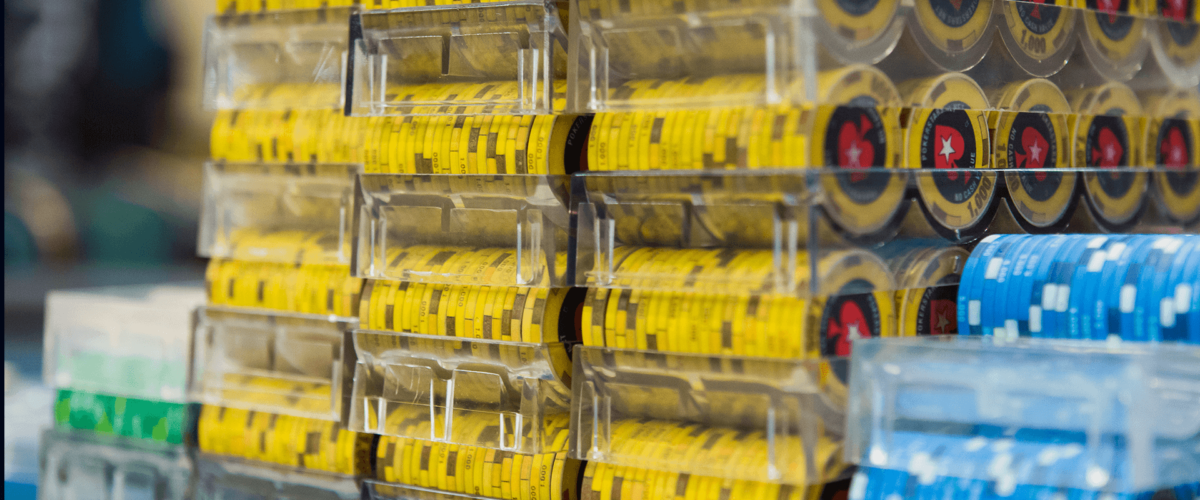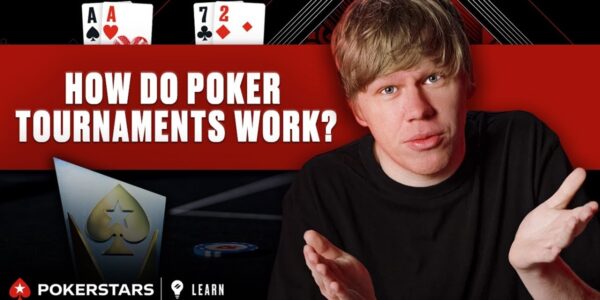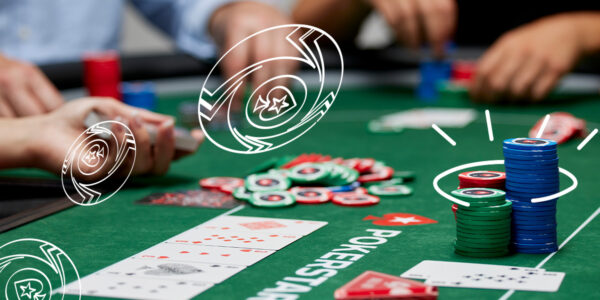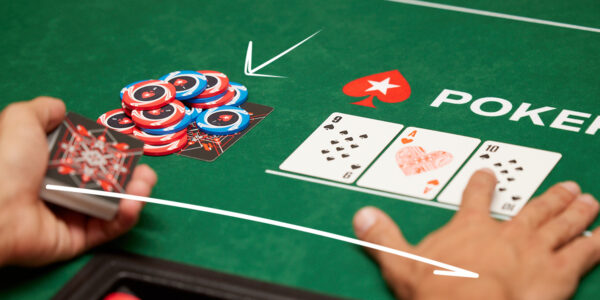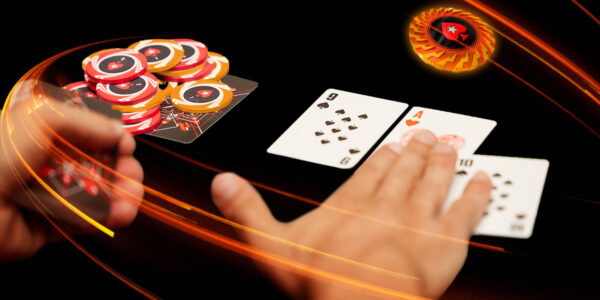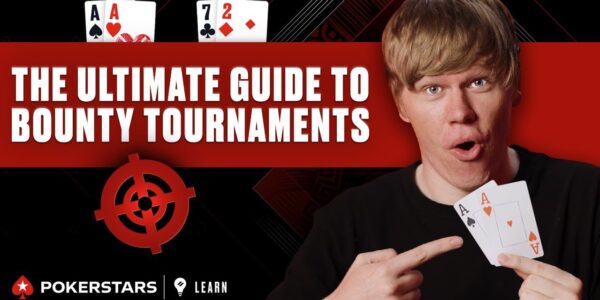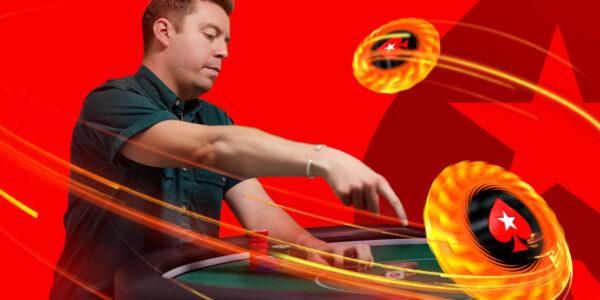Donk Betting: What It Is and When To Do It.
Donk Betting is a term that is often misused or misunderstood. The term does not mean the player making the bet is a donk, or that they’ve done something donkey-like. In this article we are going to define what it is and talk about some situations where one might wish to use this play.
Donk Betting Defined:
‘A donk bet is a bet that is made into the aggressor from the prior betting round, denying them an opportunity to make a continuation bet’.
So for example, a player in middle position opens for a raise, the button, and the big blind calls. On the flop, the most common action for the big blind is to “check to the raiser”, allowing them an opportunity to c-bet (continue their betting lead in the hand) or check. If, however, the big blind leads right out into the preflop raiser, that by definition is a donk bet. It’s important to note, this bet is only when there is a continuation bet opportunity that the bettor is denying by “donking out” (donk betting) into the prior street’s aggressor.


If the pot is limped preflop, any flop bet is simply referred to as a lead (taking the betting lead), not a donk bet as there is no player who has seized the betting lead preflop with a raise. If the flop is checked around, a turn bet is, again, a lead… not a donk bet. If the aggressor from the prior street fails to continuation bet, any future bet is not a donk bet, just a lead. In the example above, if the big blind “checks to the raiser”, the preflop raiser checks, and the button now bets, they are not donk betting as the PFR already had an opportunity to c-bet and simply failed to do so.
In short, any time there is an aggressor from the prior street, and they are denied an opportunity to continue their aggressive lead in the hand by being bet into on the current street, that’s a donk bet.
Now that we are clear on what donk betting is, let’s talk about some situations one might wish to use a donk bet.
- When the PFR (pre-flop raiser) isn’t expected to C-bet.
- When our hand is at its apex of strength.
- When many future cards will freeze action.
- When we want to trap players in multiway pots.
Example 1
Say we have been raised from MP and defend our big blind with JTo. The flop comes T87. This is a texture that the preflop raiser may not c-bet frequently as it interacts well with many hands in the caller’s range. If the opponent is a low-frequency c-bettor to begin with, or reasonably savvy, you can expect them to check back this texture a lot and take free cards with AK/AQ/KQ/99 and the like. Adopting a donking bet strategy here will serve to deny equity to these hands. Additionally, with the gut shot component along with our pair, a donk bet is resilient to a flop raise, so you can continue vs. all but the most outrageous sizing’s should you be raised. Here conditions 1 and 3 are met.
Example 2
There’s a preflop raise and we defend our BB with 66. The flop comes 732. The standard line is to check/call, but this is a nice spot to consider a donk bet. If we do check and the preflop raiser checks behind us they are benefiting from a free card. Additionally, our hand strength is going to stay the same or get worse on most run outs… it’s just about as strong as it’s going to be right now. Our hand is clearly too strong to fold to a single continuation bet, but it’s not really strong enough to check/raise, and check/calling can get awkward on the turn as if we check again and the villain checks behind us, they get to realize their equity against us. If we do check/call flop, consider donking the turn to prevent high cards from realizing that equity.


Example 3
There are 3 limpers, and the button raises. We call from the big blind with 6♥ 5♥ and all 3 limpers call. The flop comes 10♥ 7♥ 2♥ . This is a great spot to consider leading out with a donk bet. We have 3 weaker players between us and the preflop raiser who we may be able to trap for a flop call before the preflop raiser potentially raises, which they may do with a big heart or overpair to “protect their hand”. Our hand is literally at the apex of its strength, and a 4th heart coming will freeze the action, if it doesn’t beat us. Additionally, should everyone check to the raiser, they may opt to check behind with some unpaired misses, allowing the entire field a free card for that 4th heart. All four conditions are met in this example.
Donk betting is a largely misunderstood and woefully underutilized tool, but it has valid applications and can be a powerful added weapon in your arsenal. Hands that don’t really fit well into any other range may be great candidates for a donk bet. That is hands that aren’t really good enough to check/call or are awkward to do so, not quite strong enough to check/raise, but a bit too strong to check/fold. If your hand seems to not fit well anywhere else, and some of the criteria above are met, you have a prime donk betting situation to take advantage of.


